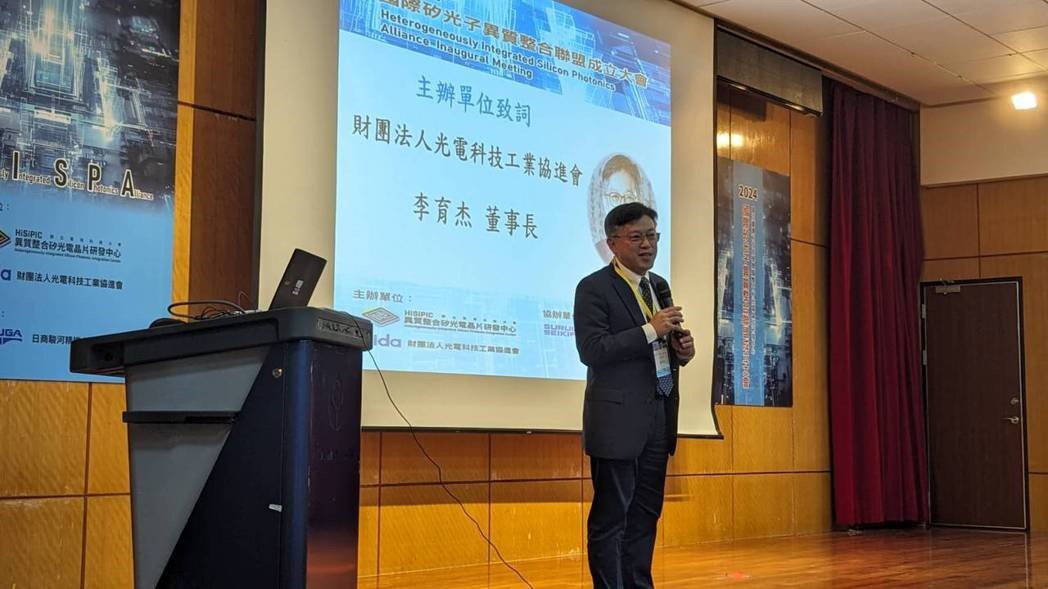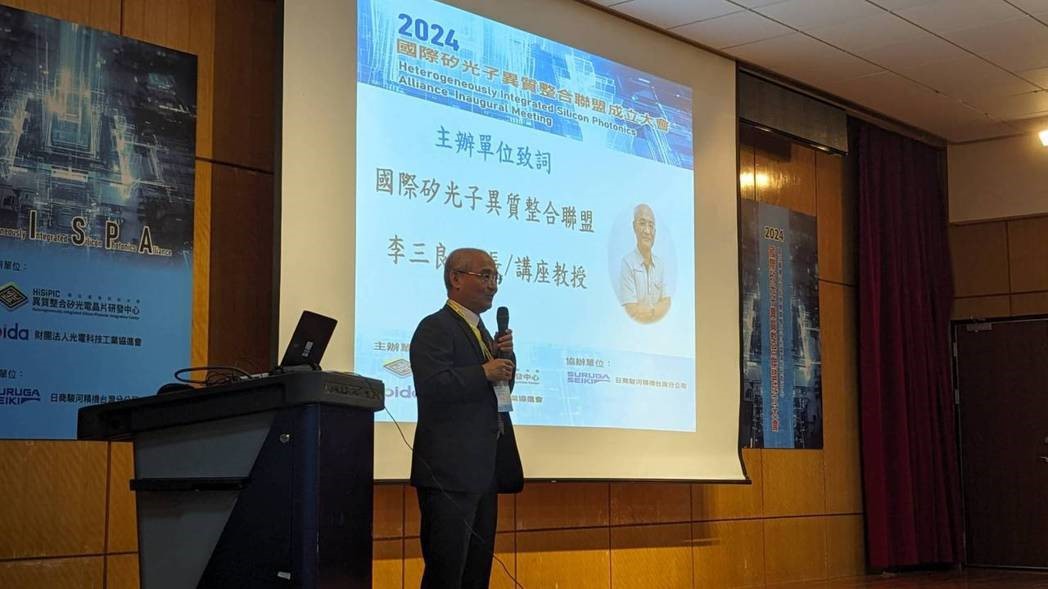
|
|
NTUSTPIDA establish HiSPA
National Taiwan University of Science and Technology's "Heterogeneously-integrated Silicon Photonic Integration Center" has established the "International Heterogeneously-Integrated Silicon Photonics Alliance (HiSPA) " The alliance aims to leverage the research and service capabilities of NTUST's eterogeneously-Integrated Silicon Photonic Integration Center and PIDA's extensive experience in talent cultivation, industry-academic collaboration, and interdisciplinary cooperation in the optoelectronics industry, to create a platform for industry-academic collaboration in silicon photonics heterogenous integration.
Professor San-Liang Lee, the president of HiSPA, emphasized the growing importance of silicon photonics technology, driven by AI applications. However, despite its recognized significance, its applications are still in the nascent stage. To expedite its integration into various industrial sectors, effective collaboration among industry, government, academia, and research resources is imperative. The alliance aims to integrate academic resources and facilitate technology exchange and industry-academic collaboration. NTUST's Heterogeneously-Integrated Silicon Photonic Integration Center, funded under the Ministry of Education's second-phase feature center development plan, has consolidated cross-campus teams and resources domestically. Within this alliance, it will serve as a hub for technical and talent support, ensuring the optimal utilization of resources, enhancing research and development capabilities, and actively providing technical support and talent cultivation for industry. Yuh-Jye Lee, chairman of PIDA, highlighted PIDA's 30-year commitment to promoting optics and optoelectronics and serving as a bridge for industry-academic collaboration and communication. PIDA will strive to accelerate the development of silicon photonics and heterogenous integration industries, especially in the era of generative AI, where vast amounts of data are generated from text, requiring high-speed and high-bandwidth transmission. This presents a significant opportunity for Taiwan's optoelectronics technology and applications to flourish. During the meeting, representatives from PIDA, the Industrial Technology Research Institute (ITRI) Electronics and Optoelectronics Research Laboratories, Taiwan Semiconductor Research Institute (TSRI), Foxconn Research Institute, GlobalWafers, Winbond Electronics, Vanguard International Semiconductor Corporation, and Japanese company Shizuoka Seiki were invited to share insights into the prospects and key process solutions of silicon photonics heterogeneous integration. With the establishment of the International Heterogeneously-Integrated Silicon Photonics Alliance (HiSPA), collaboration with PIDA will be intensified to connect upstream, midstream, and downstream industry members' technologies, establish an alliance technology chain, expand interdisciplinary cooperation, realize the research and development of new products, extend the alliance's service capabilities, and enhance the value of industry key technologies and applications.  President of the International Silicon Photonics Heterogeneous Integration Alliance San-Liang Lee. (Photo from PIDA)  Chairman of PIDA, Yuh-Jye Lee. (Photo from PIDA) |
TOP
